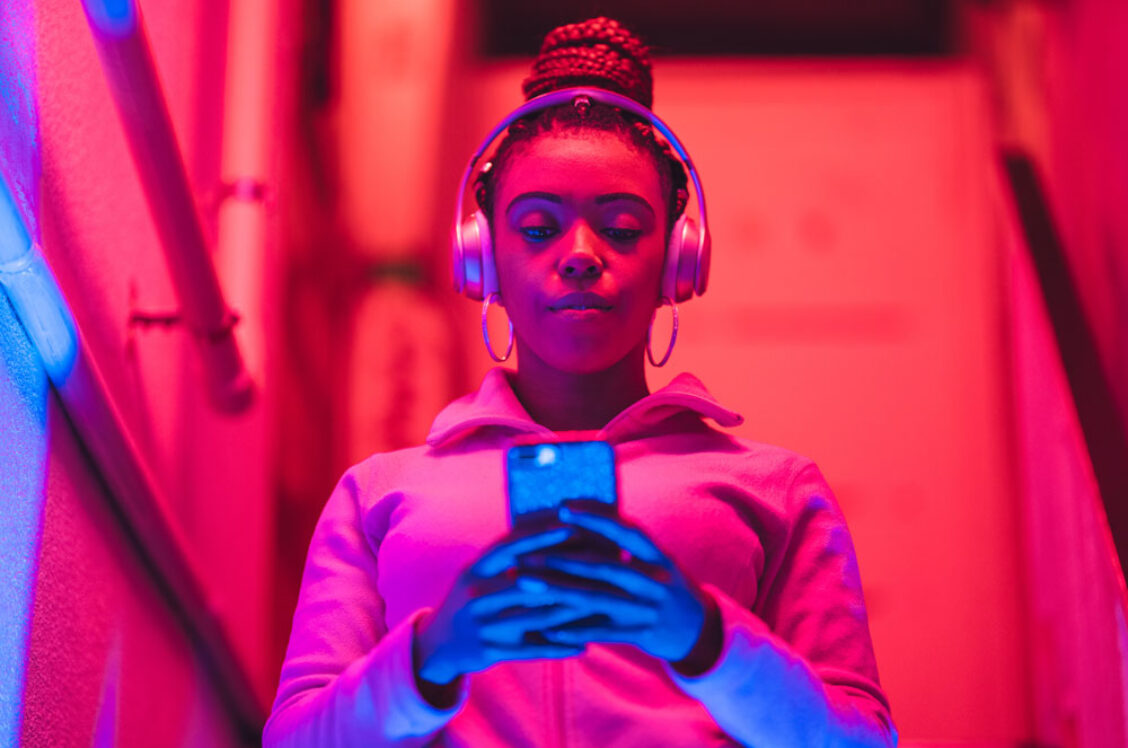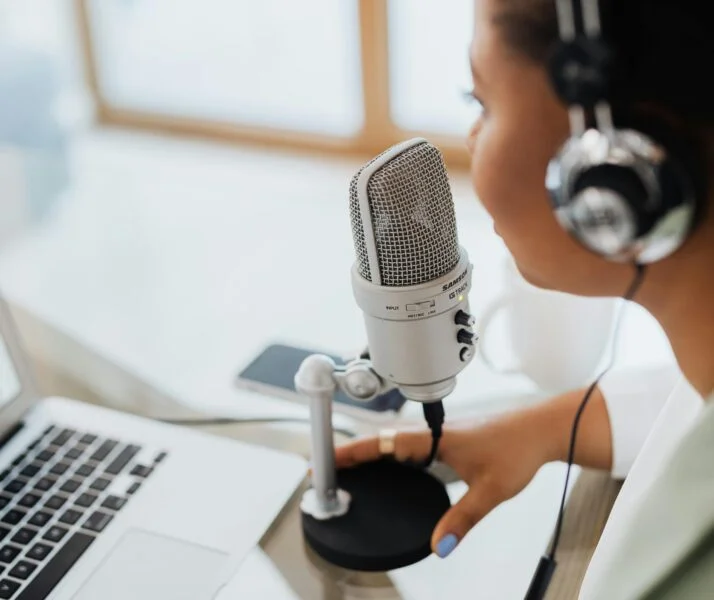Podcasts Offer Brands A New Canvas For Connecting With Consumers
By Kurt Kaufer
Mar 29, 2021

In this article
Less skipping means better storytelling
Ads are welcome and appreciated
Captures user attention
Wins on ad recall
Link to original AdAge article.


